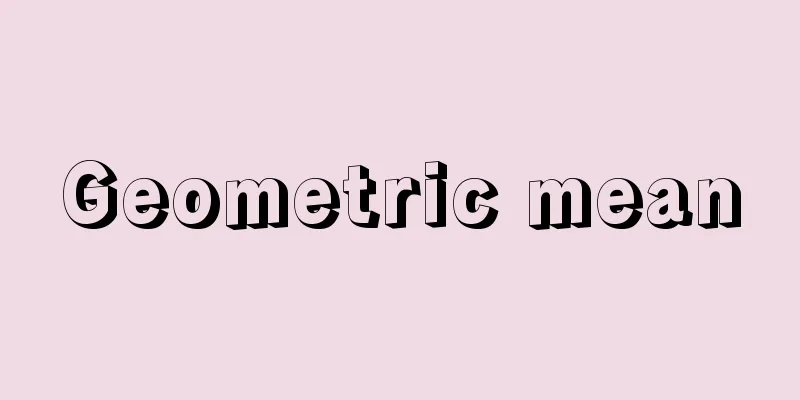Pi

|
The ratio of the circumference to the diameter of a circle is constant, and this ratio is called pi. Pi is represented by the Greek letter π (pi). The value of pi has been calculated to over several hundred billion decimal places by large computers, and in 2002, 1.2411 trillion digits were recorded (Information Technology Center, University of Tokyo, Hitachi, Ltd.). The circumference of a circle with radius r is 2πr, and its area is πr2 . The approximate value of pi is 3.14159265358979 to 14 decimal places. There are various mnemonics to remember this, such as "A single person travels around the world without any meaning or promise" and "An obstetrician travels to a foreign country. No postpartum care." The famous Ahmes Papyrus, an Egyptian mathematics book from around 1550 BC, records 3.1605 as the area of a circle with a radius of 1, that is, the approximate value of pi. In the Greek era, the construction of a square with the same area as a circle was studied as one of the three famous construction problems. At that time, it was known that the area of a circle is proportional to the square of its diameter, and since the proportionality constant is π/4, it was probably first thought of as a circular moment rather than pi. Archimedes calculated the area of a regular 96-gon inscribed and circumscribed in a circle, and showed that the value of pi is between 3.140 and 3.142. The approximation of pi, 22/7, or 3.1428, was used by Archimedes and in ancient India and China. The symbol π to represent pi has been in common use since Euler adopted it in 1737. Since the development of calculus, various series have been shown to represent the value of pi. CLF Lindemann proved in 1882 that π is a transcendental number (a number that is not a root of any algebraic equation with integer or rational coefficients), and showed that it is impossible to construct a square with the same area as a circle using a ruler and compass. [Toshio Shibata] "Japanese Mathematics, Western Mathematics" by Zen Murata (Chuko Shinsho) Source: Shogakukan Encyclopedia Nipponica About Encyclopedia Nipponica Information | Legend |
|
円の直径の長さに対する円周の長さの比は一定で、この比の値を円周率という。円周率をギリシア文字π(パイ)で表す。πの値は大型コンピュータにより小数点以下数千億桁(けた)以上も計算されており、2002年(平成14)には1兆2411億桁が記録されている(東京大学情報基盤センター、日立製作所)。半径rの円の周の長さは2πr、面積はπr2である。πの近似値を小数点以下14桁まで示すと、3.14159265358979である。これを覚えるのに「身一つ世人行くに無意味違約なく」「産医師異国に向かう。産後やくなく」など、いろいろな語呂(ごろ)合せが知られている。紀元前1550年ころエジプトの数学書として有名なアーメスのパピルスには、半径1の円の面積、すなわち、円周率の近似値として3.1605が記録されている。ギリシアの時代には有名な三つの作図問題の一つとして、円と等面積の正方形の作図が研究された。そのころ「円の面積は直径の2乗に比例する」ことが知られており、その比例定数はπ/4であるから、円周率というより円積率として考えられたのが始まりであろう。アルキメデスは円に内接および外接する正九十六角形の面積を求め、円周率の値が3.140と3.142の間にあることを示した。円周率の近似値として22/7すなわち3.1428……がアルキメデスをはじめ古代インド、中国でも用いられた。円周率を表す記号πはオイラーが1737年に採用して以来一般に使用されている。微積分の発展以降πの値を表す級数がいろいろと示されている。πが超越数(整係数あるいは有理数係数の代数方程式の根(こん)とならない数)であることはリンデマンC. L. F. Lindemannが1882年に証明し、円と等積な正方形を定規(じょうぎ)とコンパスで作図することは不可能であることが示された。 [柴田敏男] 『村田全著『日本の数学 西洋の数学』(中公新書)』 出典 小学館 日本大百科全書(ニッポニカ)日本大百科全書(ニッポニカ)について 情報 | 凡例 |
Recommend
Prince Karu and Princess Karu - Karu no Miko
The section on Emperor Ingyō in the Kojiki and Nih...
Vaal River
A river that flows through northeastern South Afri...
Dress - Mogi
〘Noun〙 A ceremony in which aristocratic girls wear...
The bal du comte d'Orgel (English: The bal du comte d'Orgel)
…His literary fame suddenly rose with the publica...
Enrich the country and strengthen the military
An argument or policy that seeks to promote domes...
Pony Express
A kind of postal service using horse riders to car...
The myth of Kim Suro
...This was Talhae, who became the fourth king of...
Hydrogen fluoride (Hydrogen fluoride)
Chemical formula: HF. At room temperature, it is a...
herzenbergite
…A mineral whose main component is tin. There are...
Seiseki (English spelling) Shì Shí
An ancient Chinese thinker. Dates of birth and dea...
Han and Wei Luoyang City - Kangyakuyojo
However, the location of the ruins of the Western...
Return to the Palace of the Genkyo
...Chinese poet from the late Ming and early Qing...
cubisme synthétique (English) cubismesynthetique
... The achievement of the Laundry Boat group was...
Omoriza - Omoriza
...The upper three are Yamashina-za in Yamashina,...
Bataille
French thinker and novelist. Born to a peasant fam...









